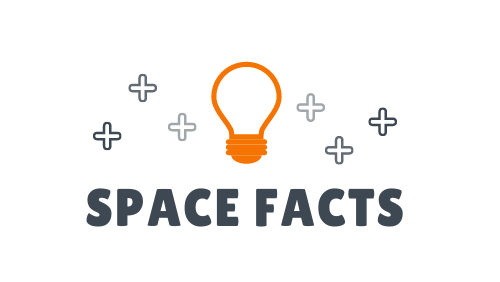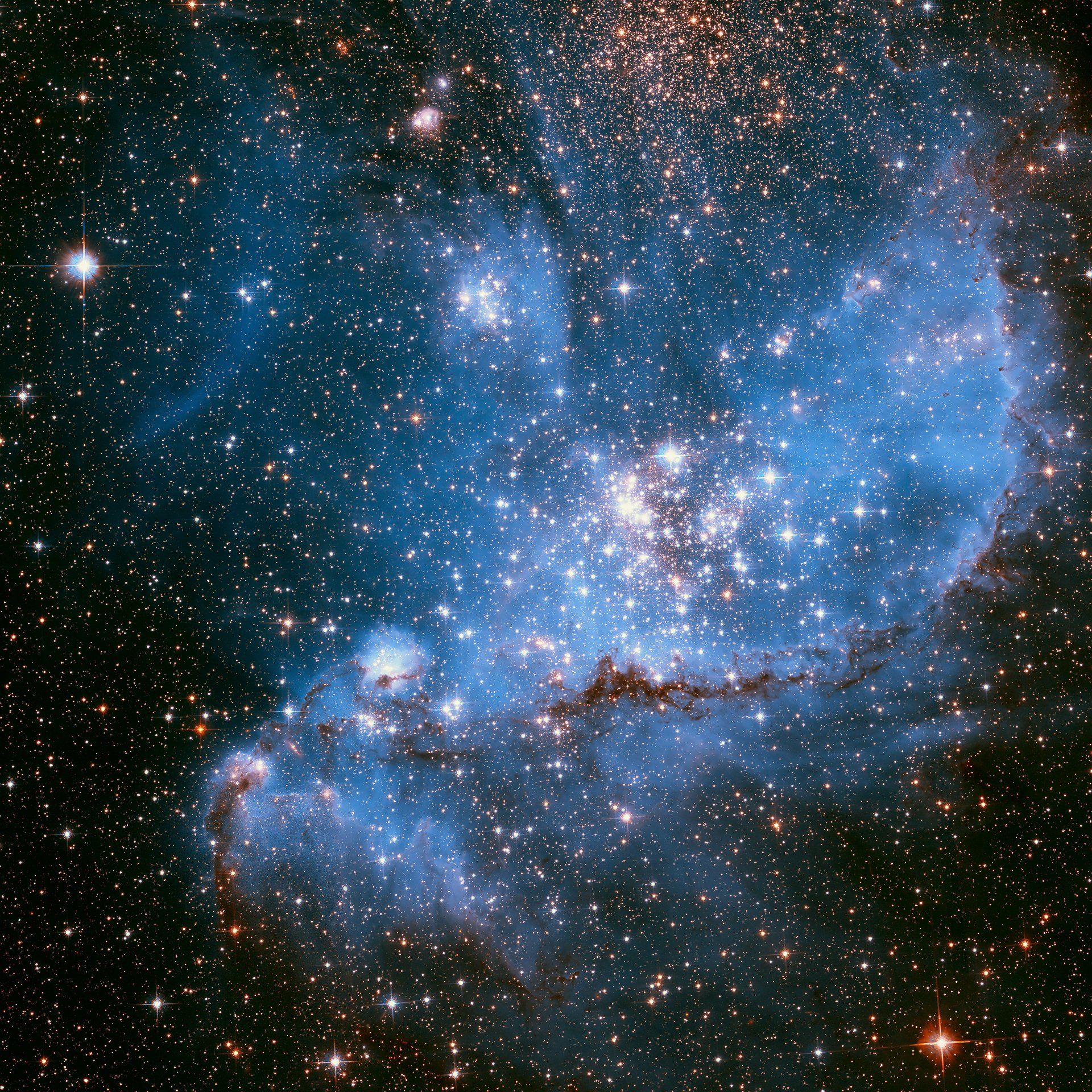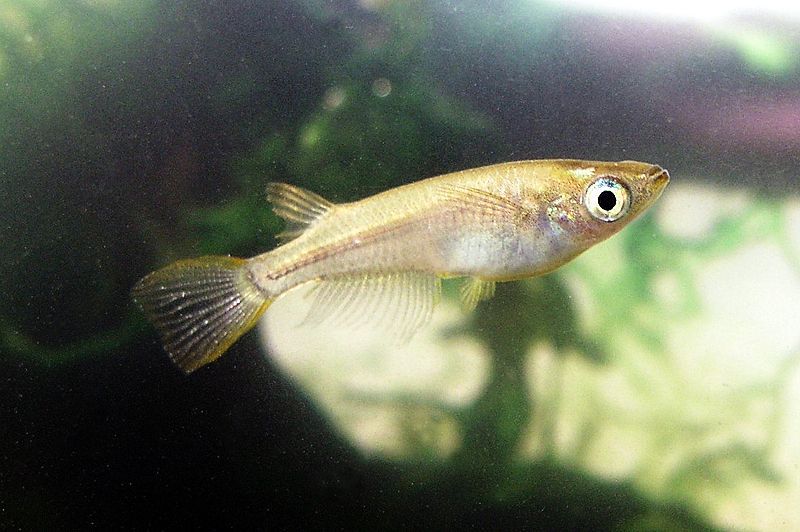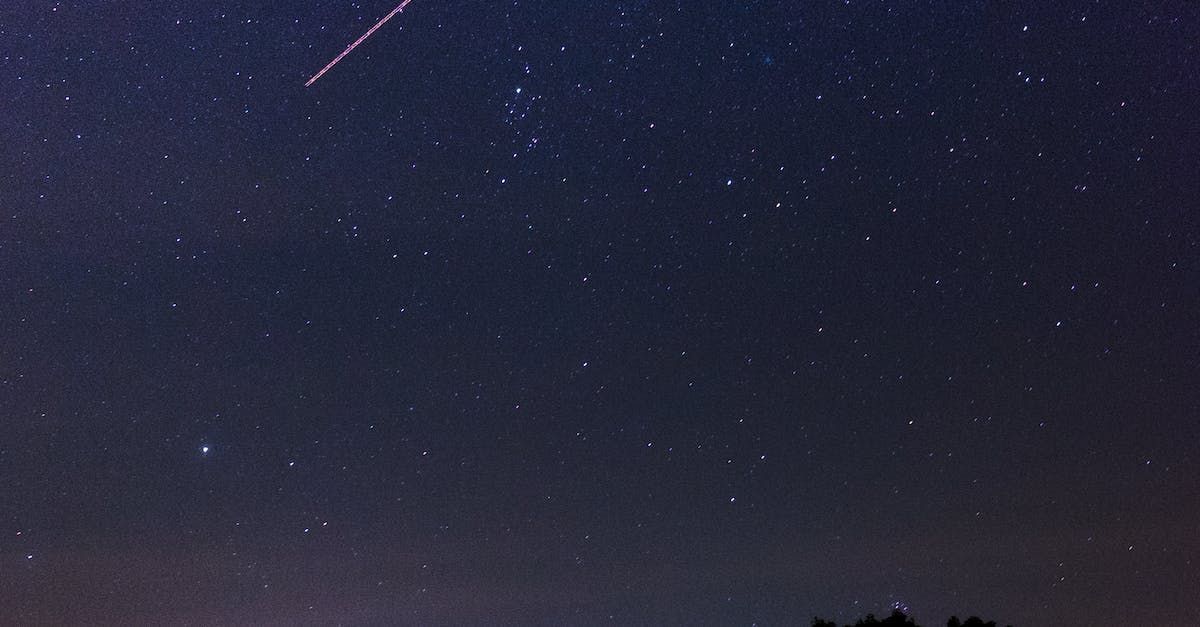Worms In Space
Worms In Space
Worms have adapted to thrive in various environments, such as dirt, land, and water, and can even survive in extreme locations like volcanic vents on the ocean floor. Recently, they have added space to their list of habitats.
In February 2021, NASA transported thousands of worms to the International Space Station (ISS) for an important experiment. The worms will navigate a tiny obstacle course while living alongside the astronauts already residing there, in order to investigate how space conditions lead to muscle mass reduction in astronauts. Although this may seem like a trivial endeavour, the experiment serves a crucial purpose.
In February, NASA dispatched a Northrop Grumman Cygnus spacecraft filled with 8,000 pounds of critical supplies and science cargo to the ISS. Among the cargo was a specialized package that contained 120,000 Caenorhabditis elegans worms and a muscle strength measuring device designed for use in microgravity conditions.
C. elegans are a type of nematode, or roundworm, and are not classified in the same phylum as segmented worms like earthworms. They are among the most extensively studied creatures on Earth and serve as an analogue species for more complex organisms, including humans.
Nathaniel Szewczyk, a researcher at Ohio University and one of the co-investigators in the experiment, believes that understanding what occurs to these model organisms in space may lead to a better comprehension of the effects of space on astronauts' bodies. If the molecular processes are comparable among worms, rodents, and humans, then the results could be easily translated.
Why Worms In Space?
For nearly six decades, humans have been a frequent presence in space. From the Apollo missions to the ISS, where a rotating international crew has resided for 20 years, space agencies and private firms have plans to send more people into space than ever before.
While 240 individuals have stayed on the ISS, ranging from several weeks to almost a year, their visits have allowed scientists to comprehend the effects of space on the human body. One of the most concerning effects is the loss of muscle mass in microgravity, although the cause remains unknown.
Astronauts in microgravity environments do not need to use their bones and muscles to support their full body mass as they do on Earth. Despite following an exercise routine and a nutrient-rich diet, astronauts typically lose bone and muscle mass.
Recent studies have tried to understand the exact cause of muscle loss, particularly as humans venture to destinations like Mars. The use of worms to study muscle loss in space may appear unusual, but worms and humans share a need for muscles to move.
To examine muscle loss in worms, the researchers created a device called NemaFlex. The small device, which resembles an old cassette recorder, serves as an obstacle course for the worms in space. The experiment will examine the role of myosin, a protein that aids in muscle contraction and is present in both worms and humans.
How are scientists testing worms in space?
The worms will be placed inside the NemaFlex device onboard the ISS and guided through tiny, flexible pillars. The degree of force exerted by the worms on each pillar will be measured by a microscopic camera. Szewczyk explains that although the experiment involves worms, the physics behind measuring their strength is the same as that for humans.
Further experiments will be conducted after the worms have spent two to four weeks in space to measure any changes in their muscle mass. After the worms return to Earth, additional testing will reveal changes in their gene expression and muscle strength, providing scientists with a better understanding of how muscles adapt to the microgravity environment.
Despite scepticism about the value of studying worms, Szewczyk asserts that there is a strong molecular correlation between worms and humans.
© Copyright 2021 Space-facts.co.uk
View our other facts sites: www.animal-facts.co.uk










